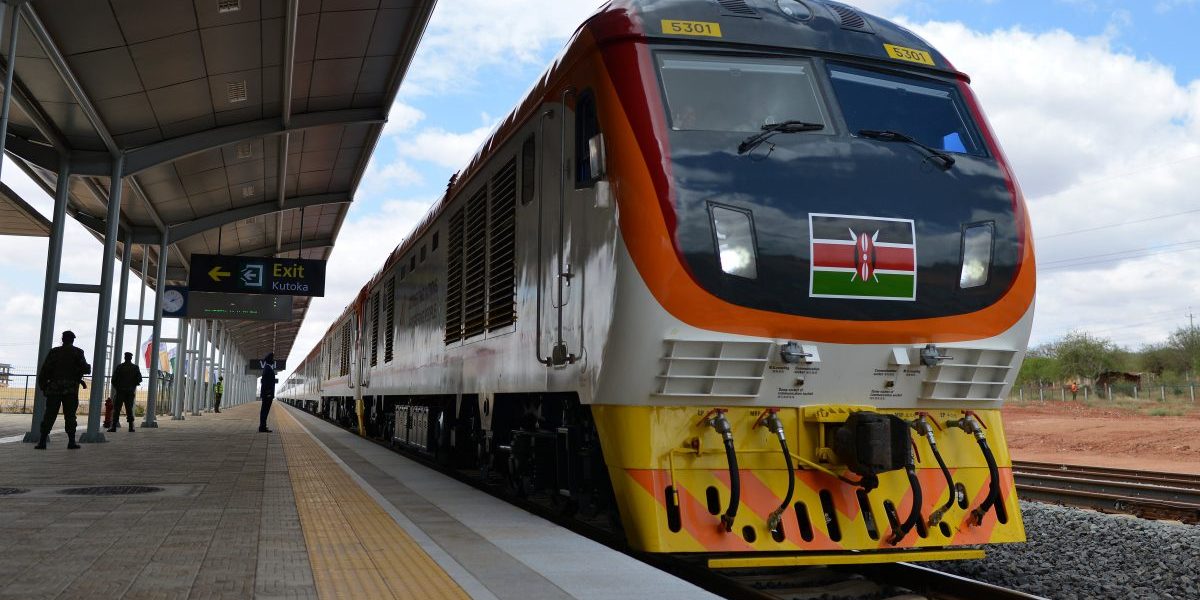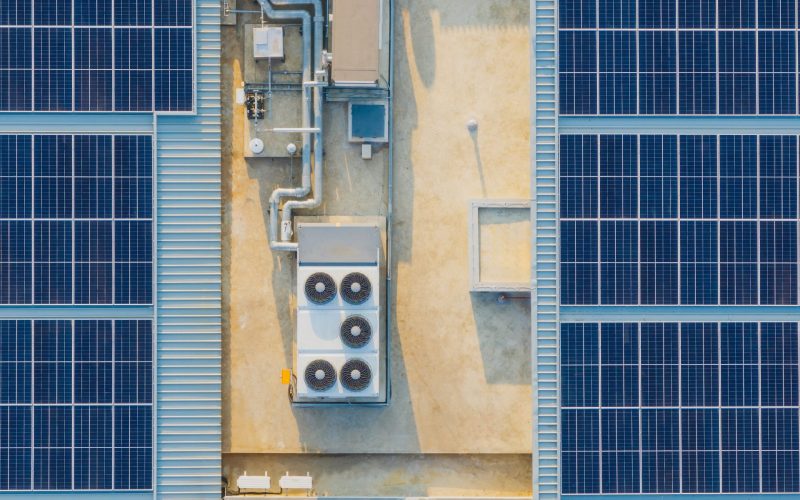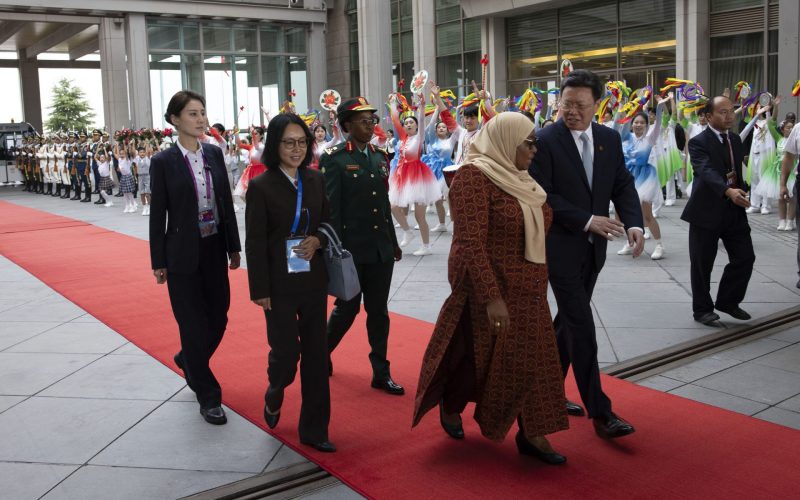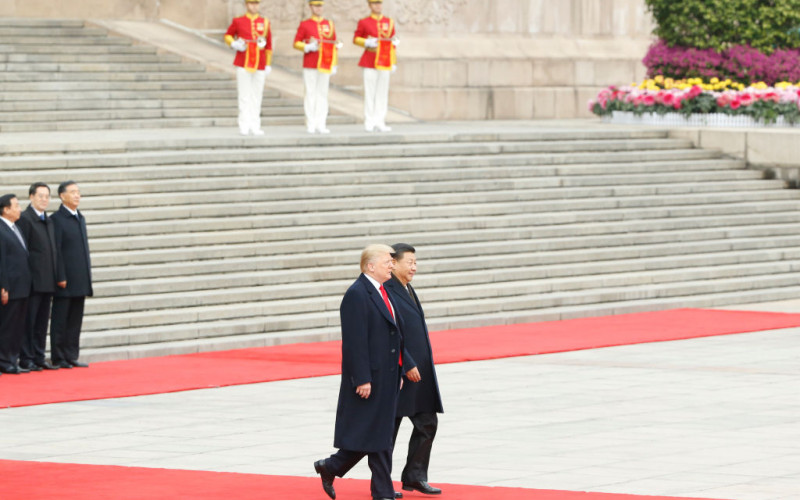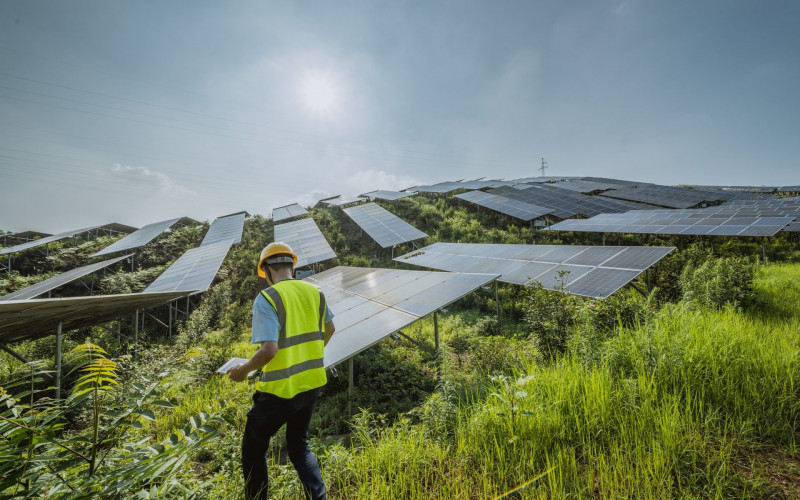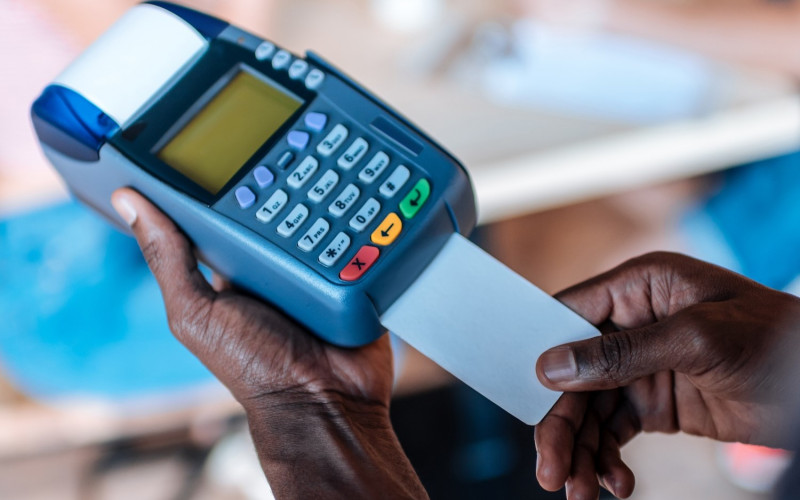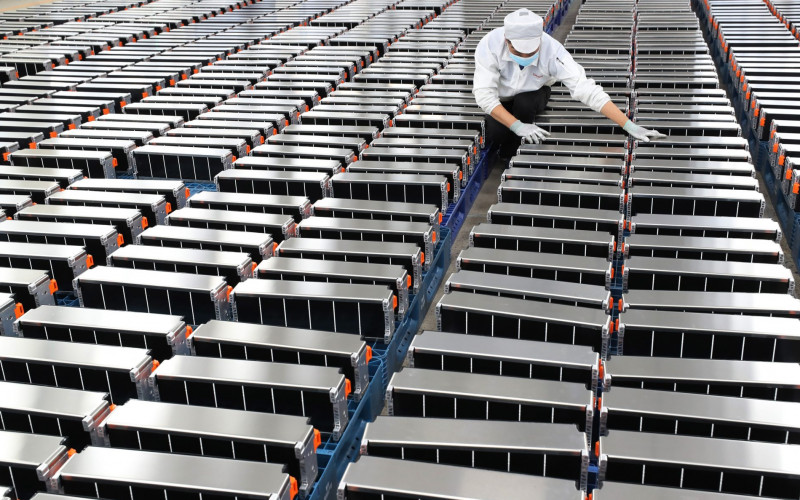Executive summary
This, together with rail’s prominent place in the Belt and Road Initiative (BRI) and the willingness of Chinese banks to fund railway projects, has made China a major provider of rail infrastructure around the world. This policy briefing examines the environmental, socio-economic and governance (ESG) impacts of two such projects, in Kenya and Indonesia. Both cases show problems in terms of environmental and socio-economic mitigation. These are compounded by significant lapses in (and constant controversy around) their governance. In both cases the projects raise questions about local governance, in addition to incurring serious delays and financing issues. Overall, the briefing demonstrates some of the challenges facing Chinese rail provision in the Global South, especially how weak recipient institutions can compound reputational risk.

